Civic Mediation and Planning
It’s an emotive thing, drawing lines on maps

Sam Tedcastle, Senior Practitioner at Centre for Good Relations, discusses the role of civic mediation in planning
“It’s a simple thing to draw a line on a map, but that line means different things to different people. A line could be a border between communities, a new road in front of your house or the first sign of a new shopping centre. It signifies that something is about to change. Change affects people differently and causes them to behave in different ways. How planners manage this change is key”.
One of the challenges for planning is bringing different perspectives together and finding a way forward that best suits the needs of a community.
For a planning authority, change is about looking forward and building a resilient future creating stronger, safer, more economically and environmentally sustainable places for people.
For a developer, change can be a vision, a livelihood, an opportunity to breathe life into a place, an opportunity to prosper.
For a community, change can be for better or worse, it often means letting go of something from the past to make space for something new. It can mean new people moving in, different ways of travelling, new places to go to school or to work. It could feel like there is no longer space for you.
We often come across situations where communities feel the planning process does not hear them or their needs, or where a developer is frustrated with the ‘lack of vision’ of parts of a community that result in tensions escalating.
How can civic mediation support planning?
At Centre for Good Relations we’ve used the process of civic mediation in a range of planning contexts, most often when things have gone badly wrong and conflict has developed.
We have applied it to:
- Housing Market Renewal
- Building Schools for the Future
- Infrastructure projects
- Marine planning (watch a film we made on a fisheries mediation project)
- Development of places for worship
- Placement of Gypsy traveller sites
In each of the scenarios above, the community had become disengaged or the relationships with decision makers had broken down; one could no longer understand the other and communication had become a challenge. We used civic meditation to develop a shared understanding of the issues, improve relationships and to facilitate arrangements to move forward.
When to mediate or when to start mediation?
It’s always best to be brought in early so that strong foundations for dialogue are carefully built and negative impacts can be kept to a minimum saving both time and money.
In our experience relationships have broken down when communities haven’t had the time, space or opportunity to think about these developments in a positive way and this is exacerbated when there is already a high level of mistrust for the planning authority or developers.
A brief background to civic mediation
Civic mediation focuses on the human dimensions of a situation (feelings, emotions etc) and aims not only to transform conflicts but also to restore, renew or adjust the relationships to support effective problem solving.
It is an iterative process and no two situations are the same. We always tailor a mediation process to the situation.
A number of functions of mediation can support the planning process to:
- assist communication
- improve understandings
- support creative thinking
- explore accommodations
- facilitate agreements
If you would like to know more or want to discuss a project, get in touch – contact sam@centreforgoodrelations.com.
